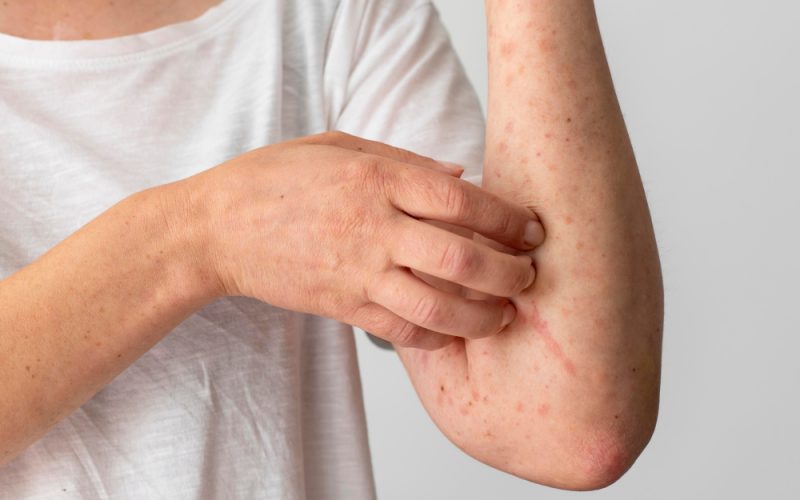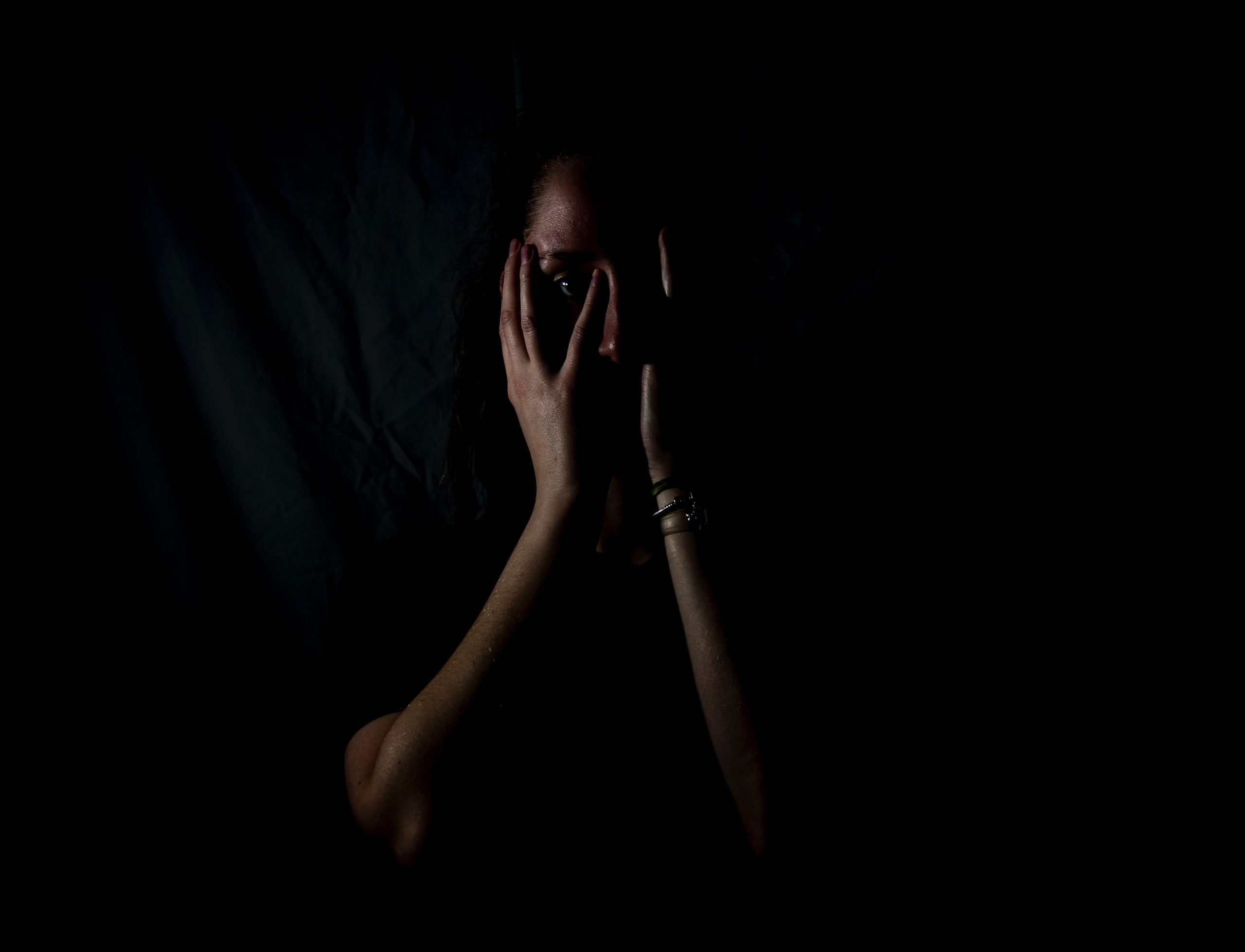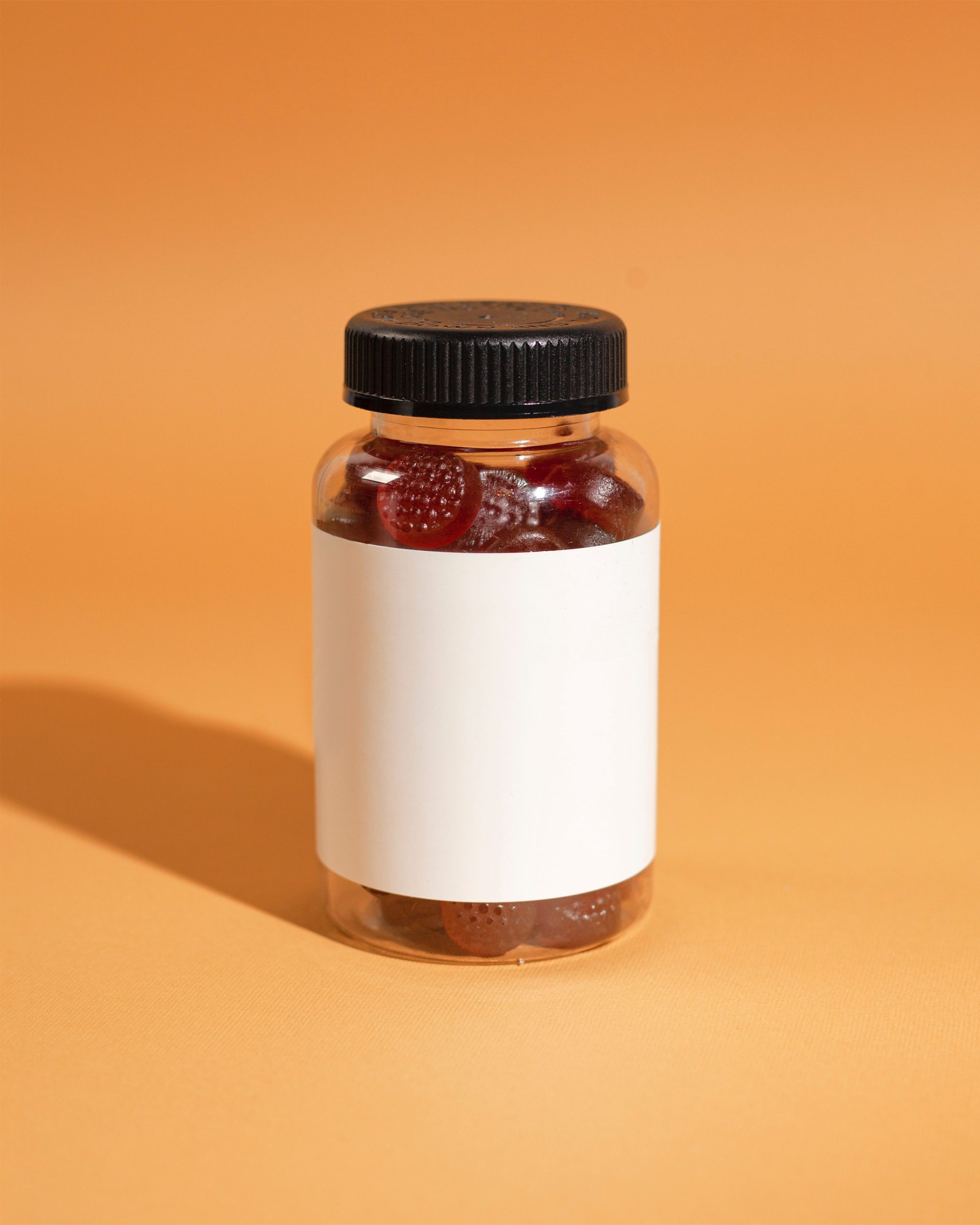Introduction
For many people, what starts as mild redness or sensitivity to sunlight turns out to be something deeper, a sign of the immune system misfiring. This condition, known as Cutaneous Lupus Erythematosus, doesn’t just affect the skin; it affects confidence, comfort, and daily life.
In this blog, we’ll unpack what this condition really means, its subtle signs, and why understanding it early can make all the difference.
What Is Cutaneous Lupus Erythematosus (CLE)?
Cutaneous Lupus Erythematosus is a chronic autoimmune skin disorder. It happens when your immune system becomes confused and starts attacking the skin, leading to rashes, lesions, and sometimes scarring.
There are three main types of CLE, each showing up differently:
- Acute Cutaneous Lupus: Often appears with a butterfly-shaped rash across the cheeks and nose.
- Subacute Cutaneous Lupus: Causes ring-shaped or scaly patches on sun-exposed areas.
- Chronic Cutaneous Lupus (Discoid Lupus): Leads to thick, round lesions that can cause permanent scars or pigment changes.
Each type has its challenges, but they all share one root issue, an immune system that can’t tell the difference between healthy skin and invaders.
Moreover, while CLE affects the skin, it can also impact self-confidence and daily life. Understanding it is the first step toward taking control.
Why Does the Immune System Attack the Skin?
You might wonder, why does your body suddenly start fighting itself? Well, the answer isn’t simple. But scientists have identified a few key factors.
- Genetic Susceptibility: Some people are born with genes that make their immune systems more reactive. If autoimmune diseases run in your family, your chances of developing CLE may be higher.
- Sunlight Exposure: Sunlight, especially ultraviolet (UV) light, is a major trigger. In people with CLE, UV rays can damage skin cells. As a result, the immune system mistakes those damaged cells as threats and attacks them.
- Hormones and Medications: Hormones also play a role, as women particularly those in their 20s to 40s are more likely to develop lupus. Certain medications, such as blood pressure or antifungal drugs, may also trigger flare-ups.
- Environmental Stressors:Additionally, stress, infections, and smoking can make symptoms worse or more frequent. Keeping track of these triggers helps you manage your condition more effectively.
Understanding these causes helps you take back control. You can’t change your genetics, but you can control how you protect your skin and body.
Also Read: What Triggers Discoid Lupus Flares?
What Does Cutaneous Lupus Look Like?
CLE doesn’t always appear the same way for everyone. However, there are some signs you should look out for.
Common symptoms include:
- Red or purplish rashes on sun-exposed areas (like face, ears, or scalp)
- Scaly or thickened patches that may itch or hurt
- Dark or light spots after a rash heals
- Hair loss on the scalp if lesions appear there
Moreover, some people experience increased sensitivity to sunlight, which worsens the rash after being outdoors. If these symptoms sound familiar, it’s worth consulting a dermatologist. Early diagnosis prevents scarring and long-term damage.
How Is Cutaneous Lupus Diagnosed?
Getting an accurate diagnosis can take time. CLE can look like eczema, psoriasis, or allergic reactions which makes it tricky to identify at first.
Here’s how doctors usually diagnose it:
- Physical Exam: The dermatologist examines your skin and asks about your symptoms and triggers.
- Skin Biopsy: A small piece of skin is examined under a microscope to detect inflammation and immune activity.
- Blood Tests: These tests look for specific antibodies linked to lupus.
Additionally, tracking your flare-ups when they happen, and what might have triggered them can help your doctor make a more precise diagnosis.
Once diagnosed, you can start a treatment plan that fits your lifestyle and needs.
What Are the Treatment Options?
There’s currently no cure for Cutaneous Lupus Erythematosus, but there are effective ways to manage it. The goal is to reduce inflammation, prevent new lesions, and protect your skin.
1. Sun Protection
This is the number one rule.
- Use a broad-spectrum sunscreen with SPF 50 or higher every day.
- Wear hats and protective clothing when outside.
- Avoid the sun during peak hours (10 a.m. to 4 p.m.).
Moreover, even brief exposure can trigger a flare-up, so daily protection matters even on cloudy days.
2. Topical Treatments
Doctors may prescribe corticosteroid or non-steroidal creams to reduce redness and itching. These medications calm the immune response directly on the skin.
3. Oral Medications
When topical treatments aren’t enough, doctors might suggest antimalarials (like hydroxychloroquine) or immune-suppressing drugs. These help regulate immune activity from the inside.
4. Lifestyle Changes
In addition to medication, certain habits can help control symptoms:
- Quit smoking as it worsens CLE and reduces medication effectiveness.
- Eat a balanced diet rich in antioxidants.
- Manage stress through mindfulness or relaxation techniques.
These lifestyle steps may seem small, but they can make a big difference in long-term outcomes.
Can Cutaneous Lupus Affect More Than Just the Skin?
Yes, and this is where things get complicated. While CLE mainly affects the skin, it can sometimes overlap with Systemic Lupus Erythematosus (SLE), which affects internal organs.
However, not everyone with CLE develops systemic lupus. Many people live with only skin-related symptoms for years without other complications.
That said, if you notice new symptoms like joint pain, fatigue, or fever, it’s worth getting checked for systemic involvement. Staying proactive helps prevent progression.
Living Well with Cutaneous Lupus
Learning to live with CLE takes patience and awareness. But with the right steps, you can manage it effectively and protect your skin.
Here are some helpful tips:
- Track your triggers: Note when flare-ups happen and what might have caused them.
- Follow your treatment plan: Skipping medication can lead to flare-ups that are harder to treat later.
- Stay positive: Emotional health matters as much as physical health. Talking with support groups or therapists can help.
Moreover, staying informed empowers you. When you understand how your condition works, you can respond rather than react.
How Can Awareness Help Others?
Talking about Cutaneous Lupus Erythematosus helps others recognize symptoms early. Many people mistake lupus rashes for allergies or sunburns, delaying diagnosis and care.
Additionally, awareness reduces stigma. When people understand that CLE is an autoimmune condition, not a contagious one, patients feel more comfortable and supported.
Therefore, sharing stories, facts, or experiences can help someone else take that first step toward diagnosis and relief.
Final Thoughts
Cutaneous Lupus Erythematosus may start with a skin rash, but it’s far more than that. It’s a signal from your immune system that something deeper needs attention. With early diagnosis, daily protection, and proper care, you can lead a normal, fulfilling life. Moreover, spreading awareness encourages empathy and understanding something every person dealing with CLE deserves.










